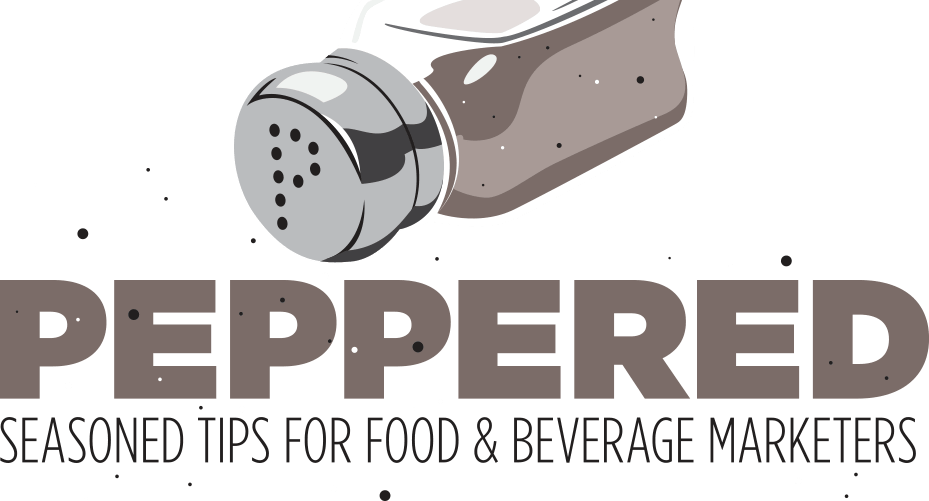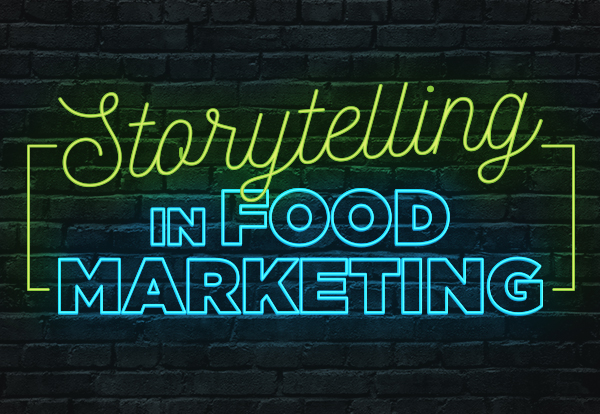Think about a lemonade stand. Have you ever bought some just because a kid was selling it? Now imagine that same lemonade being sold by a random adult on the sidewalk. Would you feel just as compelled to stop? Probably not.
Why? Because a kid selling lemonade tells a story. They wanted to make money, asked their parents, and set up camp. It tells a story of a kid who had a dream and did it.
Storytelling in food marketing works, and it’s more important than ever.
Let’s dive into why storytelling resonates so deeply in food marketing and how brands can use it to build loyalty, trust, and emotional connection.
Food Is Emotional
Food isn’t just fuel; it’s deeply personal. It’s tied to memories, comfort, and connection. A story about Nonna’s Sunday gravy or a family recipe passed down through generations can trigger powerful nostalgia. Suddenly, it’s not just a jar of sauce, it’s a memory.
Why does this work? Because emotions drive buying decisions. A compelling story creates an emotional hook that facts and features alone can’t match.
If you’re having a bad day, you might be more inclined to spend emotionally and treat yourself to your favorite ice cream. On the flipside, if you’re having a good day, you are also taking yourself to your favorite takeout spot. See? We’re driven by emotion to purchase, especially a brand that tells a story.
Consumers Buy Identity, Not Just Products
Consumers are purchasing more than just taste, they’re buying values. They want to know: Is this coffee ethically sourced? Are these ingredients sustainable? Does this brand reflect who I am or who I want to be? Does someone I admire purchase these products?
Have you ever justified a purchase by thinking to yourself, “Well, they’re a small company and I am supporting them,” I know I have.
Stories Build Trust
A well-crafted origin story or behind-the-scenes glimpse into your brand creates transparency. When consumers understand where a product comes from and who’s behind it, it humanizes your business, and that builds trust.
People are more likely to support a brand they feel connected to. Storytelling helps bridge that gap.
A story that highlights sustainability, inclusivity, or local sourcing helps buyers justify their choice and feel like they’re making a meaningful decision, not just a purchase.
Some prime examples of food brands that tell a story include:
- Bobo’s: Oatmeal bars made by Beryl Stafford and her daughter, which quickly became popular, stemming from an at-home baking tradition. This simple, heartfelt activity transformed into a brand known for its commitment to wholesome, homemade snacks.
- Jojo’s: Jojo’s chocolate began with a heartfelt mission to create a delicious and guilt-free treat without compromising health. Momma Jojo started making chocolate during her battle with breast cancer to curb her sugar cravings while maintaining a healthy lifestyle. Her son helped her transform that recipe into a brand.
- Hot Girl Pickles: Best friends with a shared Middle Eastern heritage left the corporate world to launch their brand after noticing a lack of vibrant, clean-label pickles that resonated with the Gen Z audience. Hot Girl Pickles combines bold flavors like Honey Harissa and Turmeric Dill with playful branding.
- Good Crisps: Frustrated by a lack of healthy snack options for his family, an Australian Dad cooked up his own clean-label chips. Having to follow a gluten-free diet, he was missing his favorite snacks and decided to create his own.
What do all these brands have in common? They care, and their marketing makes it known.
Stories Are Memorable
People don’t connect with statistics the way they do with stories. A vivid tale, like a founder hand-packing beef sticks in their parents’ garage, sticks in your mind longer than a generic nutritional callout. If you want your product to stand out on a crowded shelf, give customers something they’ll want to talk about, a real story worth sharing.
How to Use Storytelling in Your Food Brand
- Start with your origin: What inspired the product? What challenges did you face? Who are you?
- Highlight the people: Whether it’s farmers, founders, or team members, let their personalities shine.
- Connect to your customer’s values: Sustainability, heritage, or innovation. Find what matters to your audience, and find the intersection with your brand story.
- Tell it everywhere: Packaging, your website, social media, and email marketing.
In a world where attention is limited and customer loyalty is hard-won, storytelling is one of the most powerful tools in a food brand’s toolkit. It turns products into experiences, brands into companions, and meals into lasting memories.
So the next time you write a product description, plan a campaign, or brainstorm new content, ask yourself: What story am I really telling?





